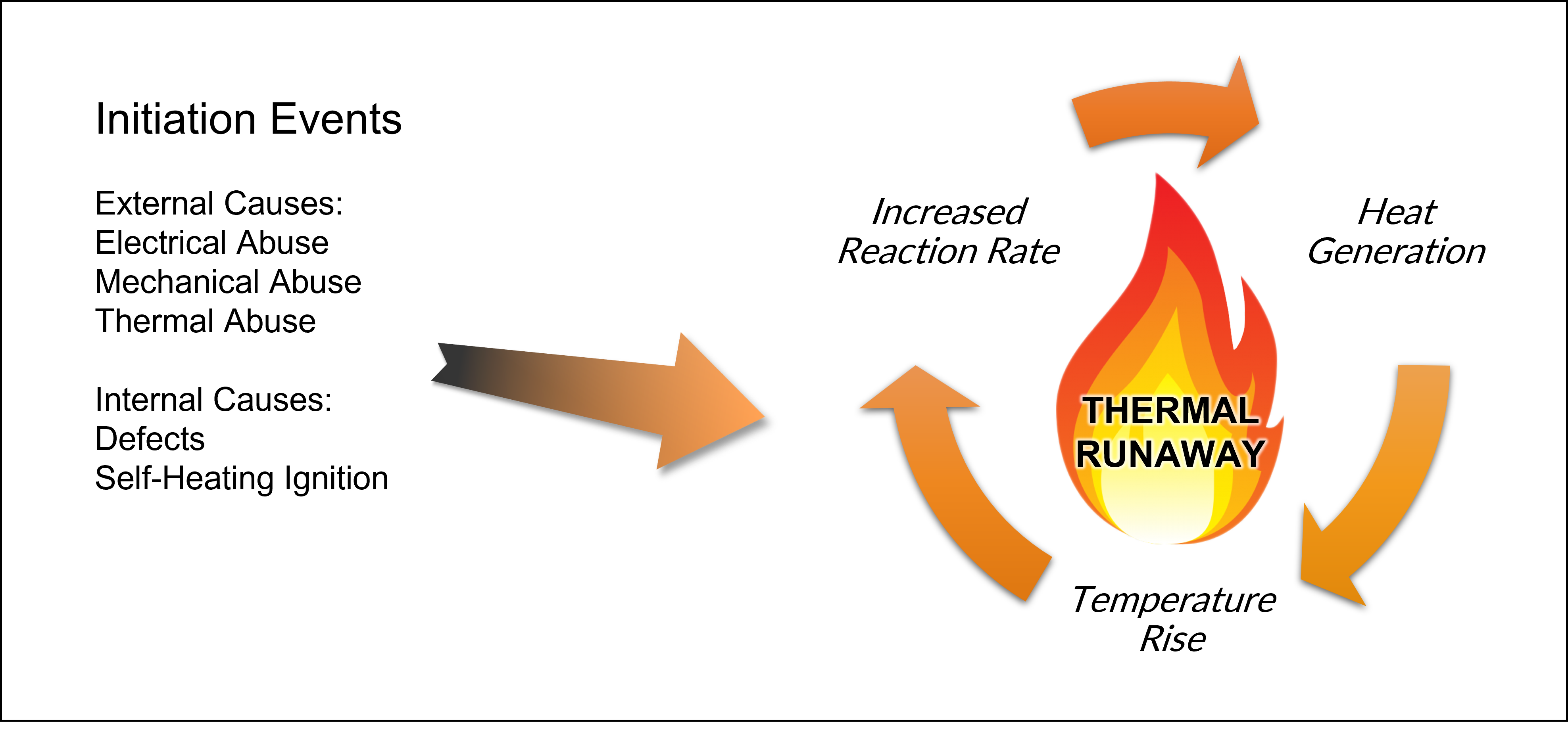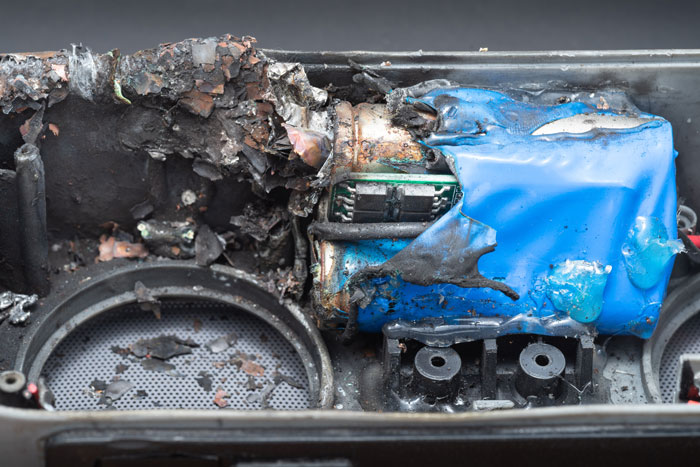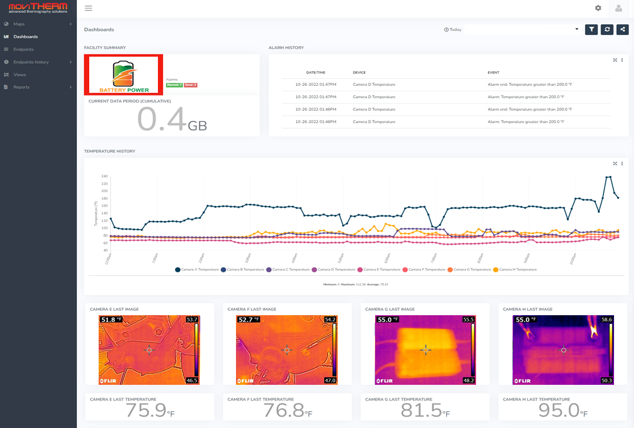As the world shifts toward renewable energy, battery storage systems have become increasingly vital. Lithium-ion batteries are popular for their high energy density and recharging abilities, but they come with notable safety concerns, especially the risk of fire. As reliance on these systems grows, so does the need for robust fire protection measures to safeguard both people and property. In this article, we’ll explore various fire protection techniques and technologies used in battery storage systems to stop fires before they start, detect them early, and minimize their impact. In recent years, there's been a noticeable uptick in fires linked to Battery Energy Storage Systems (BESS). While BESS provides a practical energy storage solution, its associated fire risks cannot be overlooked. Fires in BESS can stem from several factors, including thermal runaway, manufacturing flaws, physical damage to batteries, and incorrect installation. Lithium-ion batteries present significant fire risks when not handled properly. They contain flammable electrolytes that can ignite and spread rapidly, resulting in substantial property damage, injuries, and even loss of life. When multiple batteries are stored together, a single battery's thermal runaway can trigger a chain reaction, setting off others. Once started, thermal runaway can cascade to other cells, making it difficult to control. To prevent thermal runaway in battery storage systems, it's crucial to monitor battery temperatures, limit charging rates, avoid overcharging, and maintain ambient temperatures within safe limits. Proper ventilation, early detection systems, and emergency response plans can also help manage the effects if a thermal runaway event occurs. Thermal imaging serves as a valuable tool for monitoring battery cell temperatures and preventing thermal runaway. Using thermal cameras, operators can spot temperature fluctuations in real time and promptly identify any hotspots or abnormal heat signatures. This enables them to act swiftly to cool down the affected cells and stop a potential thermal runaway from escalating. Thermal imaging can also help identify faulty cells producing excess heat and remove them from service before they pose a fire risk. Defects during the manufacturing process can pose serious fire risks for lithium-ion batteries. These defects might cause short circuits or other malfunctions that could lead to thermal runaway and ultimately a fire. For instance, if the separator separating the positive and negative electrodes is defective, it can lead to electrode contact, causing a short circuit and overheating the battery. Additionally, contamination of the anode or cathode during manufacturing can result in gas buildup, rupturing the cell and causing a fire. Thermal imaging is an effective method for spotting manufacturing defects in lithium-ion batteries. Thermal imaging cameras can detect temperature irregularities in the battery cells, indicating defects or other issues that could lead to thermal runaway. For example, a hotspot in the battery cell might signify a manufacturing defect causing the battery to produce excessive heat. Identifying these defects early allows manufacturers to take corrective actions to prevent potential fires or other hazards. Thermal imaging can also be employed during the testing phase of battery development to detect defects prior to deployment. Incorrect installation of battery energy storage systems presents fire hazards. Poorly installed BESS can lead to improper wiring, circuit overloads, or inadequate ventilation, all of which can cause overheating and thermal runaway. If the storage system isn't installed in a location with proper fire protection measures, a fire can spread quickly, causing extensive damage. It's vital to ensure that BESS installations are carried out by certified professionals following the manufacturer’s guidelines and adhering to local codes and regulations. In addition, it's equally important to install an Early Fire Detection (EFD) system. These early warning systems help protect all equipment and individuals. EFD systems can detect potential fires in their initial stages, enabling timely responses and mitigations. EFD systems utilize various methods, including thermal imaging cameras, to detect the earliest signs of a fire. By incorporating an early fire detection system, the risk of a BESS fire can be significantly reduced, minimizing potential damage. As mentioned earlier, thermal imaging plays a critical role in ensuring safety in lithium-ion battery energy storage systems. Thermal cameras can help detect defects or early signs of thermal runaway throughout the entire battery lifecycle, from manufacturing to operation and storage. A fire protection system that uses thermal cameras, like EFD, is essential for energy storage systems (ESS). Installing an early fire detection system in battery storage facilities allows potential fires to be quickly identified and contained. The MoviTHERM iEFD system has demonstrated exceptional effectiveness in preventing and detecting lithium-ion battery fires. It tackles the unique challenges faced by battery storage facilities, including the risk of thermal runaway and the potential for fire to spread rapidly across numerous batteries. One of the main advantages of the iEFD system is its real-time temperature monitoring of individual battery cells. Real-time monitoring helps detect the potential for thermal runaway or other fire hazards early on, giving facility managers the chance to act immediately and stop fires from spreading. The system combines smart thermal imaging and intelligent alarm management features for maximum safety and reliability. The iEFD system is flexible and scalable, suitable for a wide range of battery storage applications. It can be tailored to meet specific requirements, offering peace of mind that facilities are adequately protected. Get in touch with us today to learn how the MoviTHERM iEFD can help keep your storage safe and secure. Motor And Other Series,Single Phase Ac Motor,AC Single Phase Motor,Magnetic Levitation Motor Hunan Nongle Machinery Co., Ltd. , https://www.nongleagro.comWhat Are the Risks of Fire in Battery Storage Systems & How Can We Prevent Them?
Understanding the Risks and Ensuring Safety
The Fire Hazards of Lithium-ion Batteries
Thermal Runaway: Understanding and Prevention
 Thermal runaway refers to a hazardous chain reaction that can occur in lithium-ion batteries, causing overheating, gas production, and even explosions. This happens when a cell’s temperature surpasses a critical point due to overcharging, high environmental temperatures, or internal short circuits.
Thermal runaway refers to a hazardous chain reaction that can occur in lithium-ion batteries, causing overheating, gas production, and even explosions. This happens when a cell’s temperature surpasses a critical point due to overcharging, high environmental temperatures, or internal short circuits.Manufacturing Defects

Improper Installation
Ensuring Safety with Thermal Imaging
MoviTHERM iEFD System

